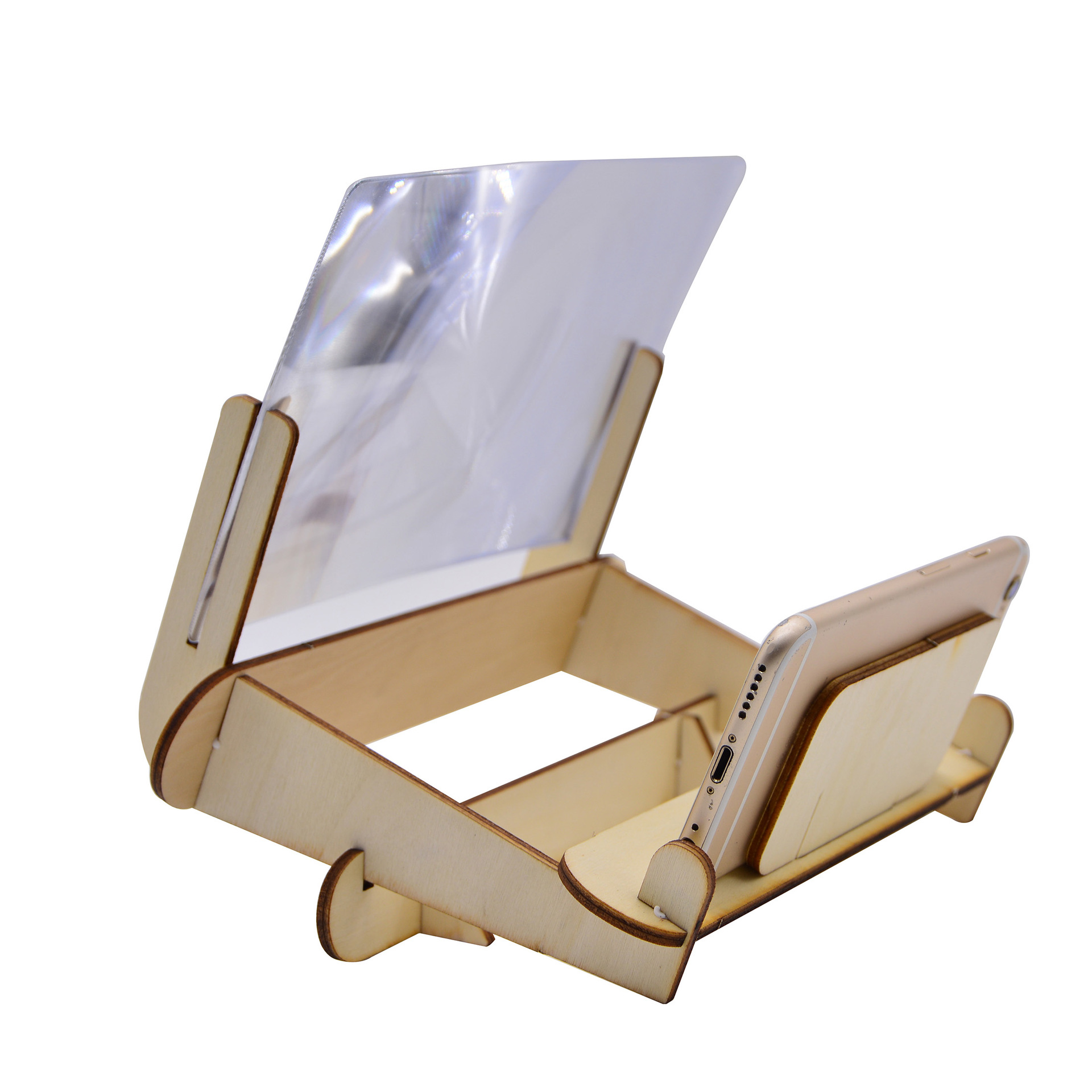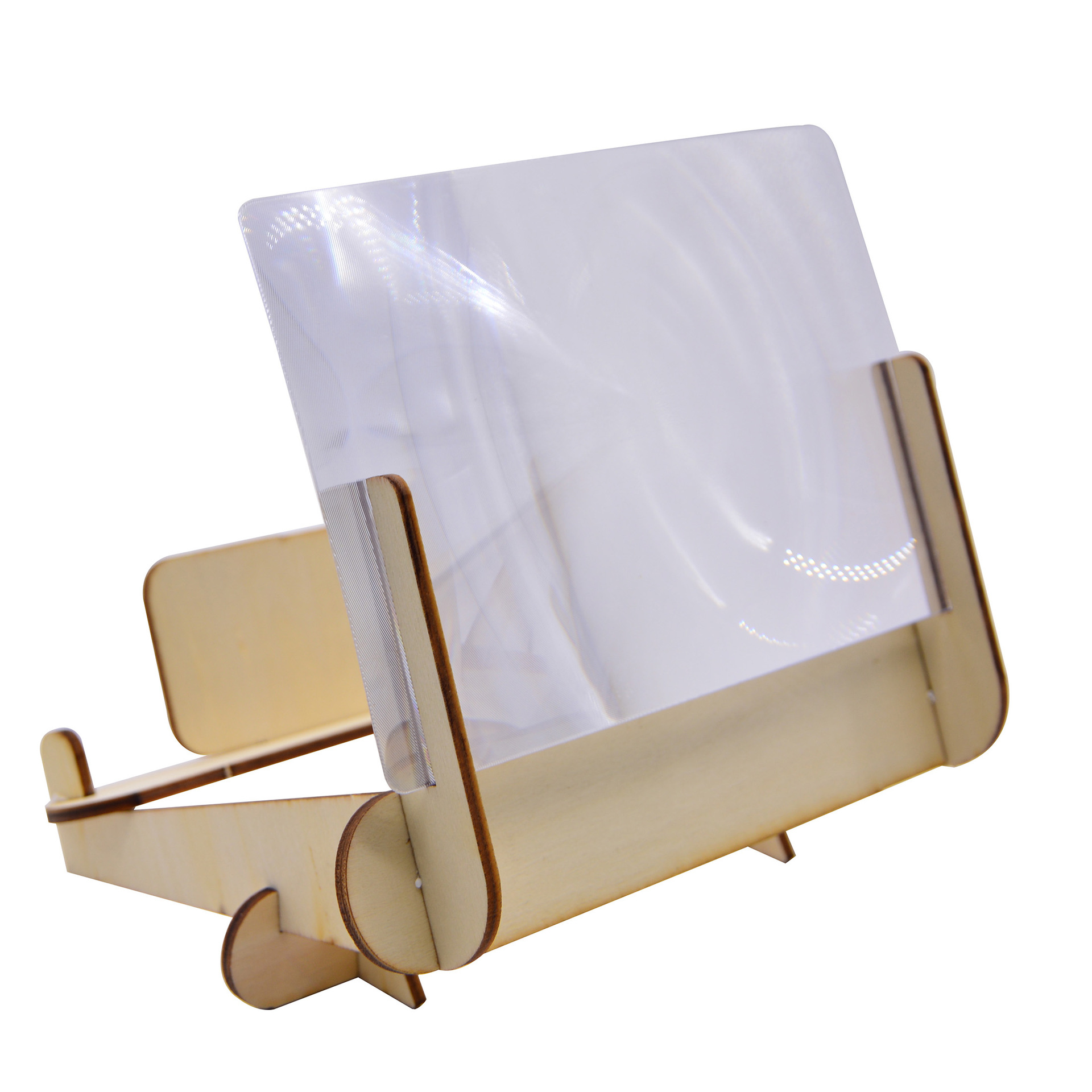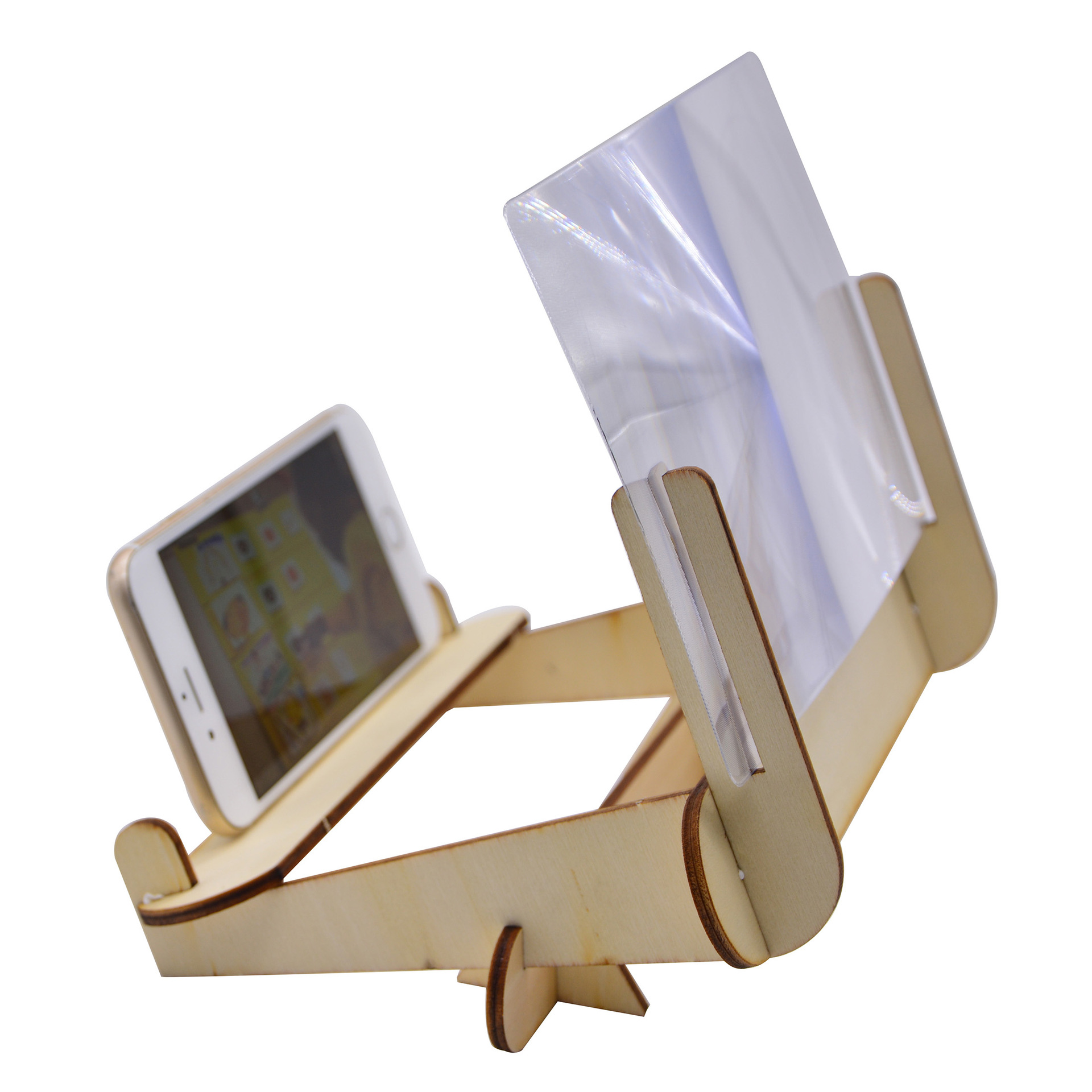
Search history
Clear allSearch by image
XDrag and drop an image here or upload an image
Max 5MB per image
UploadSign In | Join

Search history
Clear allSearch by image
XDrag and drop an image here or upload an image
Max 5MB per image
UploadSign In | Join
X Email Mobile
| kx3333d stereo cinema | ¥0.0 | 4832 box available |
|
A new item has been added to your Shopping Cart. You now have items in your Shopping Cart.
Product Name: 3D Stereoscopic Theater Fresnel Lens Experiment
Product Code: KX333
Size: 150*200*190 mm
Packing: Packing Bag
Packing: 200/case
Box Specification: 60*40*55 CM




The Principle of the Experiment with 3D Stereoscopic Cinema Lenses
Little friends, don't you all like to watch cartoons on your parents' phones? Do you know that the damage to the eyes is very great? Then, how can we watch cartoons on our phones without hurting our eyes? What should we do? Next, the teacher will take you to do an interesting experiment, this experiment is called the 3D Stereoscopic Cinema Fresnel Lens Experiment!
Fresnel lens, also known as thread lens, is often made by injection molding from polyolefin materials, and there are also glass versions. One side of the lens surface is smooth, while the other side is engraved with concentric circles of increasing size. The texture of the lens is designed based on the interference and diffraction of light, as well as the relative sensitivity and receiving angle requirements. The requirements for lenses are very high. A high-quality lens must have a smooth surface and clear texture. Its thickness varies with the purpose, typically around 1mm, with characteristics of large area, thin thickness, and long detection distance.
Fresnel lenses often function as convex lenses for both infrared and visible light, with good results, but they are much less expensive than standard convex lenses. They are often used in situations with less stringent accuracy requirements, such as in slide projectors, thin film magnifiers, and infrared detectors.
Using a common convex lens, you may experience dark corners and blurred images, which is because light refraction occurs only at the interface of media. Since the lens is thicker, the portion of light that propagates straight in the glass will cause the light to attenuate. If we could remove the straight propagation portion and only retain the curved surface for refraction, we could save a lot of material while achieving the same focusing effect. A Fresnel lens employs this principle. A Fresnel lens appears to be a piece of glass with countless concentric circular patterns (i.e., Fresnel zones), but it achieves the same effect as a convex lens. If the projecting light source is parallel light, after focusing and projecting, it can maintain the consistency of brightness throughout the image.
Update time:
TOP